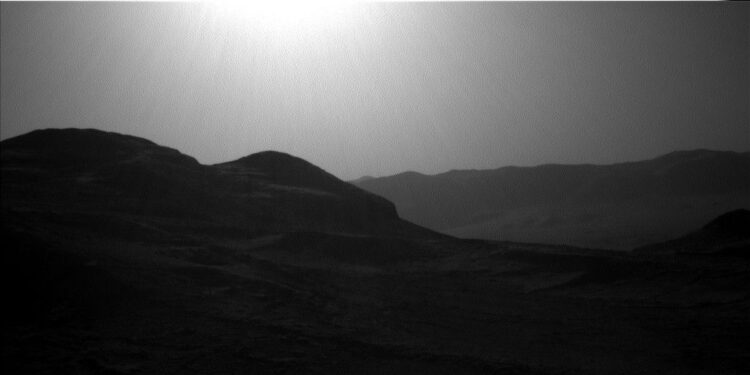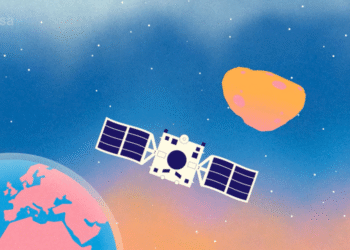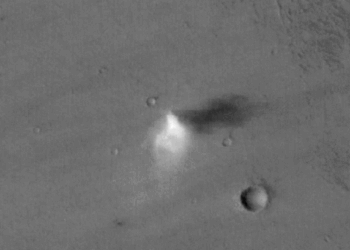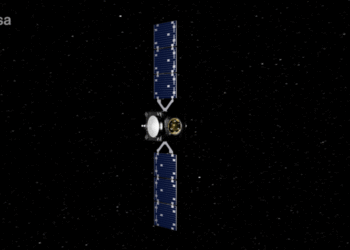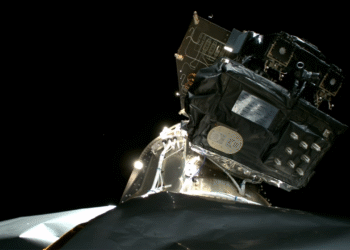The Curiosity Rover continues to explore intriguing geological features on Mars, with recent attention focused on boxwork structures. These formations are captivating not only due to their complexity but also because they present a unique opportunity to understand the planet’s geological history. Scientists are keenly studying these structures, as their formation could provide insights into past environmental conditions, including the presence of water.
Curiosity’s team has selected new imaging targets to capture a detailed look at these features. By employing its suite of scientific instruments, Curiosity aims to gather data that will contribute to our understanding of Martian geology. The rover’s findings are essential in piecing together Mars’ past and assessing its capacity to have supported life.
The process involves a meticulous selection of imaging targets, as scientists balance the rover’s operational constraints and scientific goals. There is a continuous dialogue within the team to optimize the rover’s resources, ensuring that the most valuable data is collected.
In addition to imaging, the rover also uses other tools available on board, such as spectrometers, to analyze the composition of these intriguing formations. The results of these investigations might reveal key information about the mineralogy of Mars and consequently, the planet’s history.
For more detailed information on Curiosity’s exploration and the latest discoveries regarding Mars’ geology, you can read further on NASA’s blog post.


